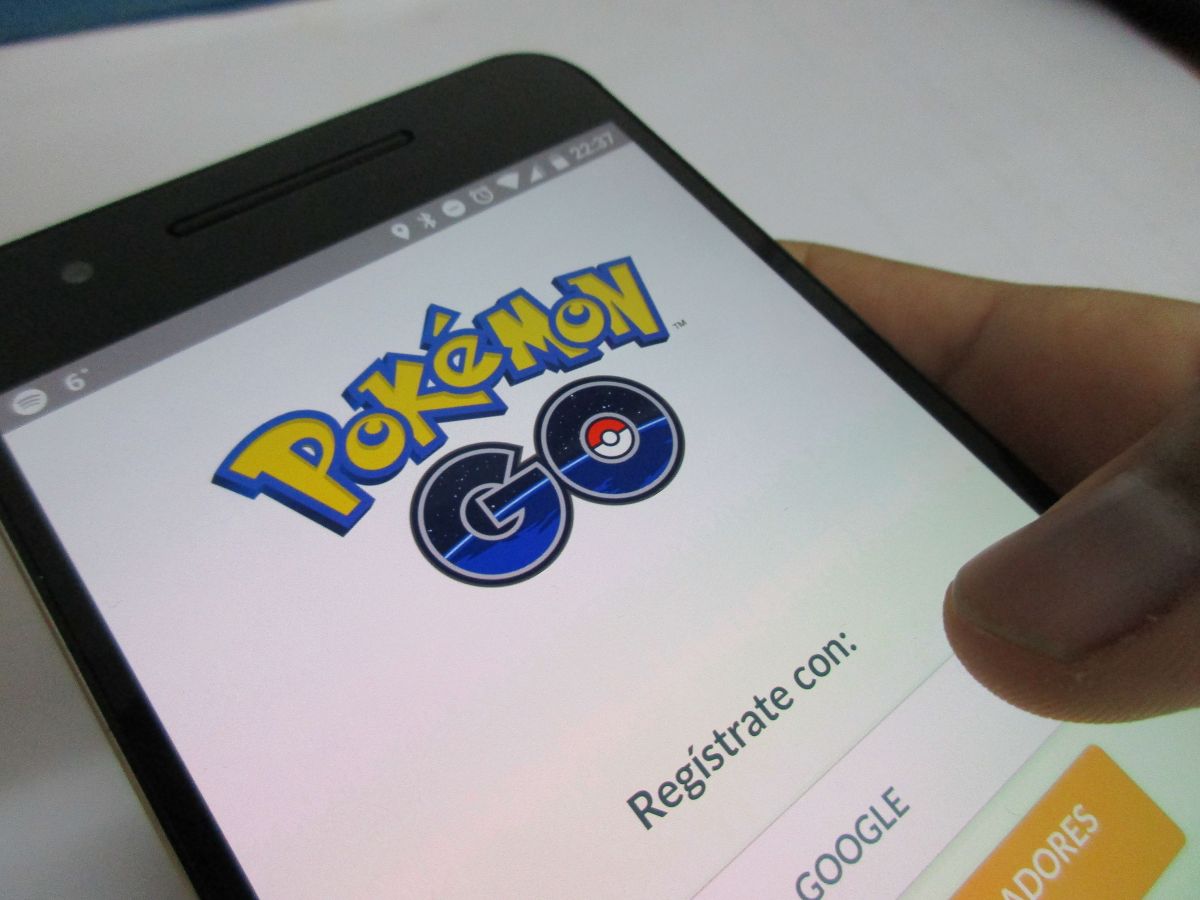Researchers from Purdue University recently published a paper called “Death by Pokémon Go,” a title which I’m sure made them question their career choices, but the content of which is actually fascinating. The paper examined the effect of PokéStops on local traffic patterns, to see whether vehicular accidents were statistically more likely in the areas around PokéStops (where distracted drivers were most likely to be playing the game).
The researchers looked at approximately 12,000 police accident reports from Tippecanoe County, Indiana, over the period from March 1, 2015, through November 30, 2016. The Pokémon GO game was introduced on July 6, 2016, right in the middle of this period, so this window provides them with some solid before-after comparison.
As the researchers point out, traffic fatalities in the U.S. had been on a steady decline until the year 2011, when they suddenly began to climb again. There have been numerous theories about the causes behind this rise – growing population on limited infrastructure, low gas prices encouraging people to drive – but one of the most consistent hypotheses has been an increase in distracted driving, driven by the advent of smartphone apps. The researchers set out to test this hypothesis by using PokéStops, which unlike the elements of Candy Crush or other mobile games, are localized and geotagged, and unlike the generic term “smartphone use,” are tied to a specific game and activity.
Sure enough, after combing through their accident reports, the researchers noticed a “disproportionate increase in vehicular crashes and associated vehicular damage, personal injuries, and fatalities in the vicinity of locations, called PokéStops, where users can play the game while driving.”
Now, how much extra damage? “We estimate the total incremental county-wide cost of users playing Pokémon GO while driving, including the value of the two incremental human lives lost, to be in the range of $5.2 million to $25.5 million over only the 148 days following the introduction of the game.”
So what does that come out to on a nationwide scale? Though the authors caution that this extrapolation is speculative, “if the increases associated with Tippecanoe County are applied to the national totals, the increase in crashes attributable to the introduction of Pokémon GO is 145,632 … over the period of July 6, 2016, through November 30, 2016. The implied nation-wide economic cost of users playing the game while driving in the vicinity of PokéStops ranges from $2 billion to $7.3 billion over the 148 days following introduction of the game.”
Of course, this isn’t just a question of Pokémon GO. It’s a question of distracted driving, which is why the researchers also compared the effects of Gyms (where it is basically impossible for a player to play the game while driving) to those of PokéStops. As they wrote, “We compare the change in the number of crashes surrounding the introduction of Pokémon GO in locations in the vicinity of Gyms with the change in the number of crashes in locations in the vicinity of PokéStops. Consistent with the use of mobile phones to play the game while driving, we find a significantly greater increase in the number of crashes in the vicinity of PokéStops than in the vicinity of Gyms.”
As with any paper that’s the first of its kind, this one comes with some caveats. Research needs to be repeatable to be reliable, and so we’d need to be able to replicate this finding elsewhere. The study was also conducted in Indiana, where there are a far more drivers than in most large cities, so it’d be interesting to see if pedestrian- and bike-heavy cities also saw a similar increase in fatalities and injuries around PokéStops. In addition, the researchers acknowledge that Tippecanoe County includes the college-centric area around Purdue University, and so the flow of the school year and the high student population may also affect their data.
All told, the moral of the story is one that drivers should already know. DON’T PLAY POKÉMON GO WHILE YOU ARE DRIVING.
(Via The Daily Dot; image via Shutterstock)
Want more stories like this? Become a subscriber and support the site!
—The Mary Sue has a strict comment policy that forbids, but is not limited to, personal insults toward anyone, hate speech, and trolling.—









Published: Nov 27, 2017 11:41 am